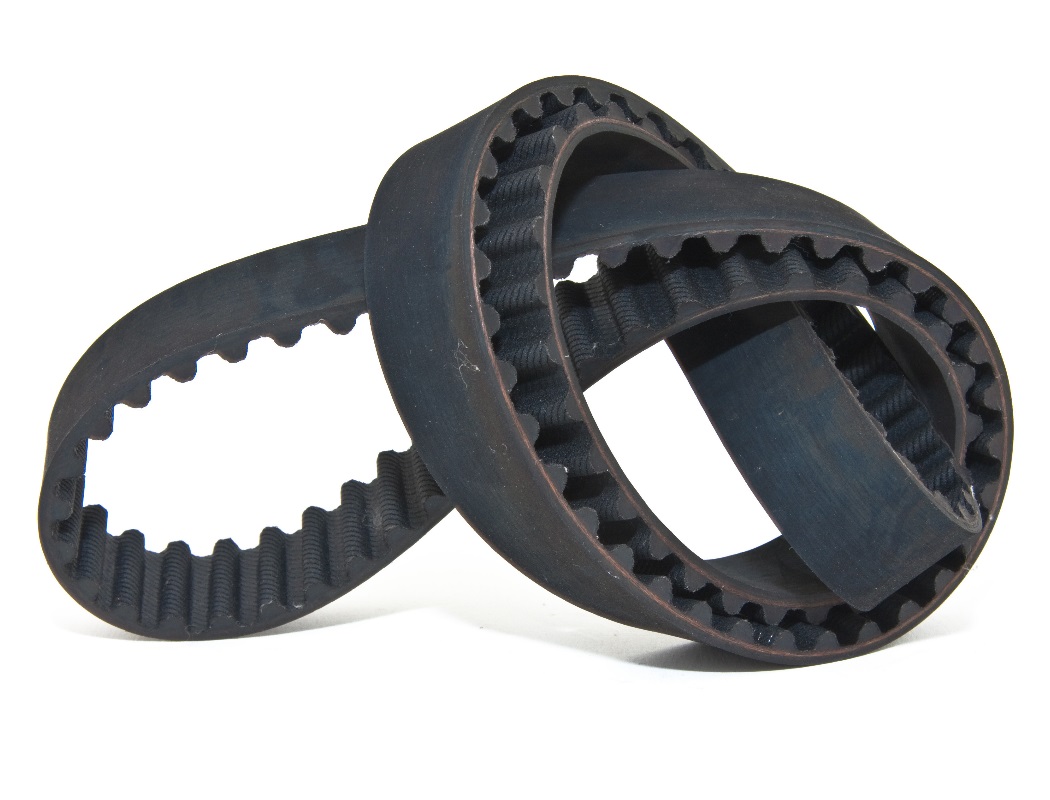Lifetime Parts: Brake Pads
The lifespan of a given set of brake pads is dependent on a very wide set of variables ranging from personal driving style to the impersonal laws of physics. Mechanics and manufacturers have a loosely agreed upon mileage range from around 30,000 to 70,000 miles, but stories of pads lasting a mere 100 miles to an astounding 100,000 miles abound.
In modern vehicles, the air must be cleaned before it gets sucked into the engine’s air intake plenum and combustion chambers. If not, you run the risk of dust, dirt and debris quickly fouling up the engine, causing poor performance and potentially shortening the life of the vehicle. Foreign particles act as abrasives on the metal parts of an engine, wearing away at engine bearings, piston rings and cylinders.
These far-ranging numbers are understandable. Pads come in an array of types and compositions — from composite to metallic to ceramic, and are attached to an even more bewildering array of brake systems and rotors, all of which affect the life of the pad. Added to the mix are heat, pressure and friction in amounts that would astound most drivers. Indeed the brakes, especially the pads, are some of the hardest working components in your car.
Let’s begin addressing the longevity question by looking at what brake pads are made of, or their frictional material. Pads generally come in four types: organic, semimetallic, metallic, and synthetic. Each of these types has their own characteristics that must be weighed against brake pad life:
- Organic: Made from non-metallic fibers bonded into a composite material. The material is then treated with friction modifiers including graphite, powdered metals and even nutshells. Fillers are added to reduce noise and to affect heat transfer, among other factors.
- Semimetallic: This pad is a mix of organic material and metals — ranging from steel and iron to copper — molded and bonded to form the pad. These pads are harder and more resistant to heat.
- Metallic: This material, formed of a variety and mix of pressure bonded metals, was once used extensively in racing. Advances in organic and semimetallic pad composition have made metallic pads almost obsolete.
- Synthetic: This is what is often referred to as ceramic pads. These pads are made from a composite of non-organic and nonmetallic material, usually fiberglass and aramid fibers. These pads weigh about half the weight of the average pad, they are stronger, have better cold and hot stopping power and they last much longer than the average pad. They also cost about twice as much.
Disclaimer Information: The above listed information is based on the average vehicle on the road today is 11.7 years; experiencing sever weather climate, and extreme driving conditions and driving habits. This is the opinion of Total Car Care Guaranteed For Life, Inc and you should always refer to your vehicle owner manual. Price estimation includes parts and labor cost to replace original replacement part.

